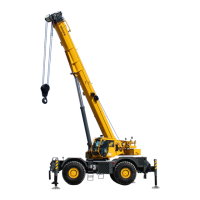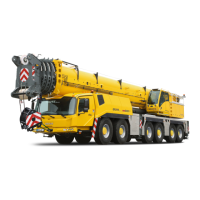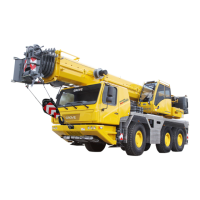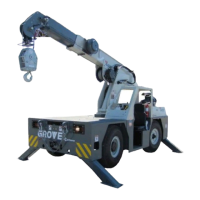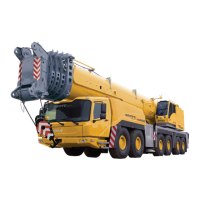Grove Published 01-29-2015, Control # 512-01 9-15
TMS700E SERVICE MANUAL LUBRICATION
CARWELL
®
RUST INHIBITOR
Protecting Cranes From Rusting
Manitowoc Crane Group's cranes are manufactured to high
quality standards, including the type of paint finish
demanded by today's industry. In partnership with our paint
supplier, we are also doing our part to help prevent
premature corrosion of cranes.
Grove cranes will be treated with a rust inhibitor called
Carwell
T32-CP-90. While a rust inhibitor cannot guarantee
that a machine will never rust, this product will help protect
against corrosion on Grove cranes that are treated with this
product.
Carwell is a treatment, not a coating. It contains no silicones,
solvents, CFCs or anything that would be classified as
hazardous under OSHA Regulation 29CRF-19-10.1200. The
product is a liquid blend of petroleum derivatives, rust
inhibitors, water-repelling and water-displacing agents.
Special equipment is used to spray a light film onto the entire
undercarriage and various other areas of each new crane
prior to shipment. When applied the product has a red tint to
allow applicators to view coverage during application. This
red tint will turn clear on its own within approximately 24
hours after application.
Once applied, treatment can appear to leave a slightly “oily”
residue on painted surfaces and until the red tinting fades
could initially be mistaken for a hydraulic oil leak. While the
product is not harmful to painted surfaces, glass, plastic or
rubber, it can be removed using standard steam-cleaning
techniques.
This treatment works in various ways: (1) it eliminates the
moisture containing salt, dirt and other pollutants by lifting
and removing them from the metal surface; (2) the film
creates a barrier to repel further moisture from coming in
contact with the metal; and (3) it penetrates crevices.
In addition to the factory-applied treatment, Grove crane
owners must provide proper maintenance and care to help
ensure long-term protection of their crane against corrosion.
This procedure provides information and guidelines to help
maintain the paint finish on Grove cranes.
The most common causes of corrosion include the following:
• Road salts, chemicals, dirt, and moisture trapped in the
hard-to-reach areas;
• Chipping or wear of paint, caused by minor incidents or
moving components;
• Damage caused by personal abuse, such as using the
decks to transport rigging gear, tools, or cribbing; and
• Exposure to harsh environmental hazards such as
alkaline, acids, or other chemicals that can attack the
crane's paint finish.
While the surfaces of the crane that are easily seen have the
biggest impact on the appearance of the crane, particular
attention should be given to the undercarriage of the crane to
minimize the harmful effects of corrosion.
Exercise special care and increase the frequency of
cleanings if the crane is operated:
• on roads where large quantities of salt or calcium are
applied to treat icy and snowy road surfaces;
• in areas that use dust control chemicals;
• anywhere there are increased levels of wetness -
especially near salt water;
• during prolonged periods of exposure to damp
conditions (e.g., moisture held in mud), where certain
crane parts may become corroded even though other
parts remain dry; or
• in high humidity, or when temperatures are just above
the freezing point.
Cleaning Procedures
To help protect against corrosion of Grove cranes,
Manitowoc Crane Care recommends washing the crane at
least monthly to remove all foreign matter. More frequent
cleanings may be needed when operating in harsh
environmental conditions. To clean the crane, follow these
guidelines:
Item Description
38 Boom Pivot Shaft
39 Extend Cable Sheaves
40 Retract Cable Sheave
41 Telescope Cylinder Wear pads
42 Section 2 Side Wear Pads
43 Boom Section Upper Rear Wear Pads
44 Boom Section Upper and Lower Wear Pads
45 Upper Boom Nose Sheave
46 Lower Boom Nose Sheave
47 Boom Extension Sheaves
48 Boom Extension Mast Sheave
49 Auxiliary Boom Nose Sheave
50 Hook Block Swivel Bearing
51 Hook Block Sheaves
52 Headache Ball Swivel Top
Reference Only
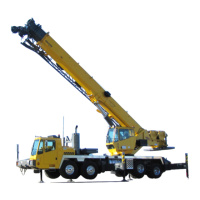
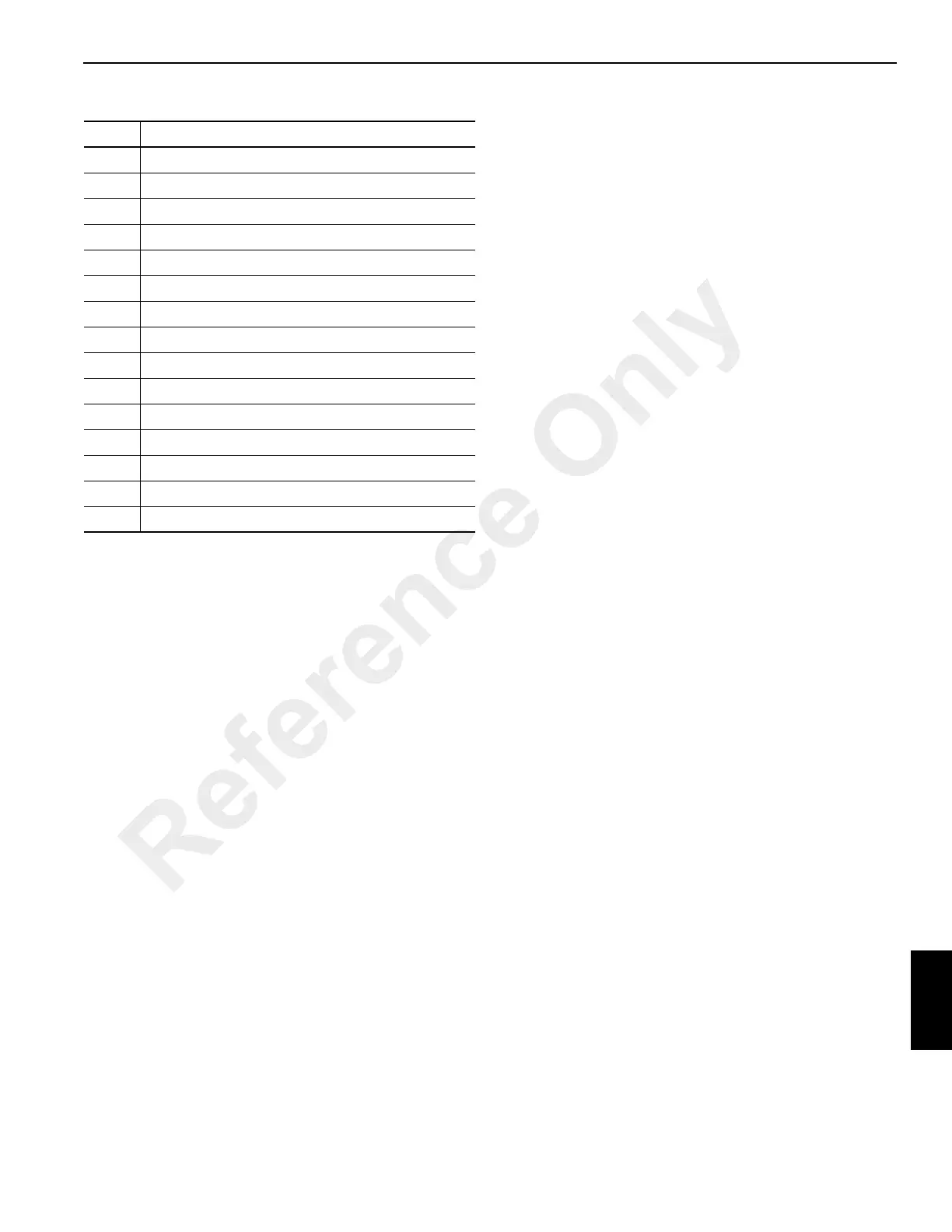